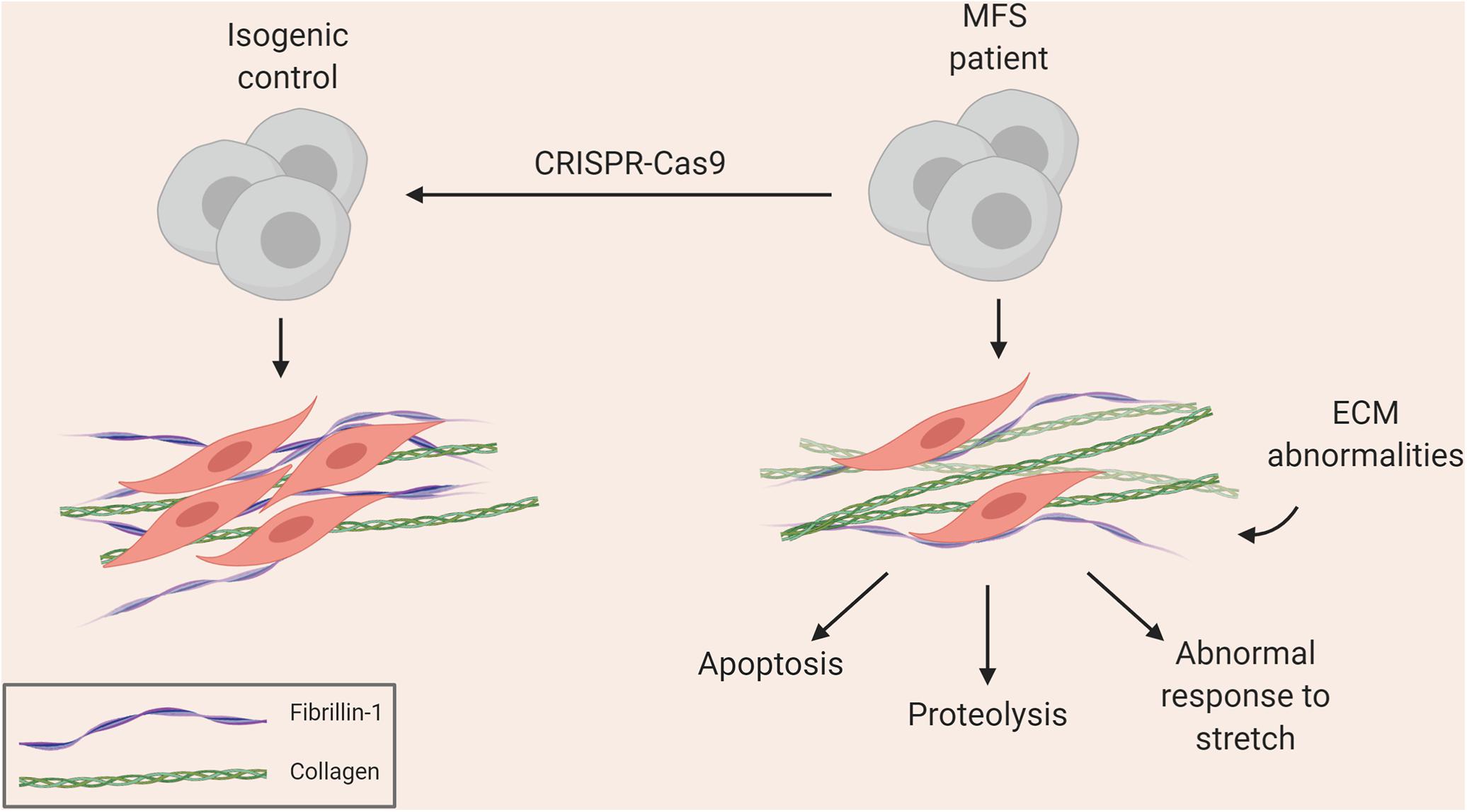Molecular Mechanisms in Genetic Aortopathy–Signaling Pathways and Potential Interventions
Por um escritor misterioso
Descrição
Thoracic aortic disease affects people of all ages and the majority of those aged <60 years have an underlying genetic cause. There is presently no effective medical therapy for thoracic aneurysm and surgery remains the principal intervention. Unlike abdominal aortic aneurysm, for which the inflammatory/atherosclerotic pathogenesis is well established, the mechanism of thoracic aneurysm is less understood. This paper examines the key cell signaling systems responsible for the growth and development of the aorta, homeostasis of endothelial and vascular smooth muscle cells and interactions between pathways. The evidence supporting a role for individual signaling pathways in pathogenesis of thoracic aortic aneurysm is examined and potential novel therapeutic approaches are reviewed. Several key signaling pathways, notably TGF-β, WNT, NOTCH, PI3K/AKT and ANGII contribute to growth, proliferation, cell phenotype and survival for both vascular smooth muscle and endothelial cells. There is crosstalk between pathways, and between vascular smooth muscle and endothelial cells, with both synergistic and antagonistic interactions. A common feature of the activation of each is response to injury or abnormal cell stress. Considerable experimental evidence supports a contribution of each of these pathways to aneurysm formation. Although human information is less, there is sufficient data to implicate each pathway in the pathogenesis of human thoracic aneurysm. As some pathways i.e., WNT and NOTCH, play key roles in tissue growth and organogenesis in early life, it is possible that dysregulation of these pathways results in an abnormal aortic architecture even in infancy, thereby setting the stage for aneurysm development in later life. Given the fine tuning of these signaling systems, functional polymorphisms in key signaling elements may set up a future risk of thoracic aneurysm. Multiple novel therapeutic agents have been developed, targeting cell signaling pathways, predominantly in cancer medicine. Future investigations addressing cell specific targeting, reduced toxicity and also less intense treatment effects may hold promise for effective new medical treatments of thoracic aortic aneurysm.

An overview of the molecular mechanisms underlying development and progression of bicuspid aortic valve disease - Journal of Molecular and Cellular Cardiology

Pathogenic mechanisms and the potential of drug therapies for aortic aneurysm

Notch signaling in the pathogenesis of thoracic aortic aneurysms: A bridge between embryonic and adult states - ScienceDirect

Patient-derived microphysiological model identifies the therapeutic potential of metformin for thoracic aortic aneurysm - eBioMedicine

Frontiers Aortic “Disease-in-a-Dish”: Mechanistic Insights and Drug Development Using iPSC-Based Disease Modeling

Summary of evidence for signaling pathways in pathogenesis of thoracic

Genetics of Thoracic Aortic Aneurysm

Wnt signaling in cardiovascular physiology

Circ_0022920 Maintains the Contractile Phenotype of Human Aortic Vascular Smooth Muscle Cells Via Sponging microRNA‐650 and Promoting Transforming Growth Factor Beta Receptor 1 Expression in Angiotensin II‐Induced Models for Aortic Dissection

Targeting Ferroptosis as a Novel Approach to Alleviate Aortic Dissection
de
por adulto (o preço varia de acordo com o tamanho do grupo)







